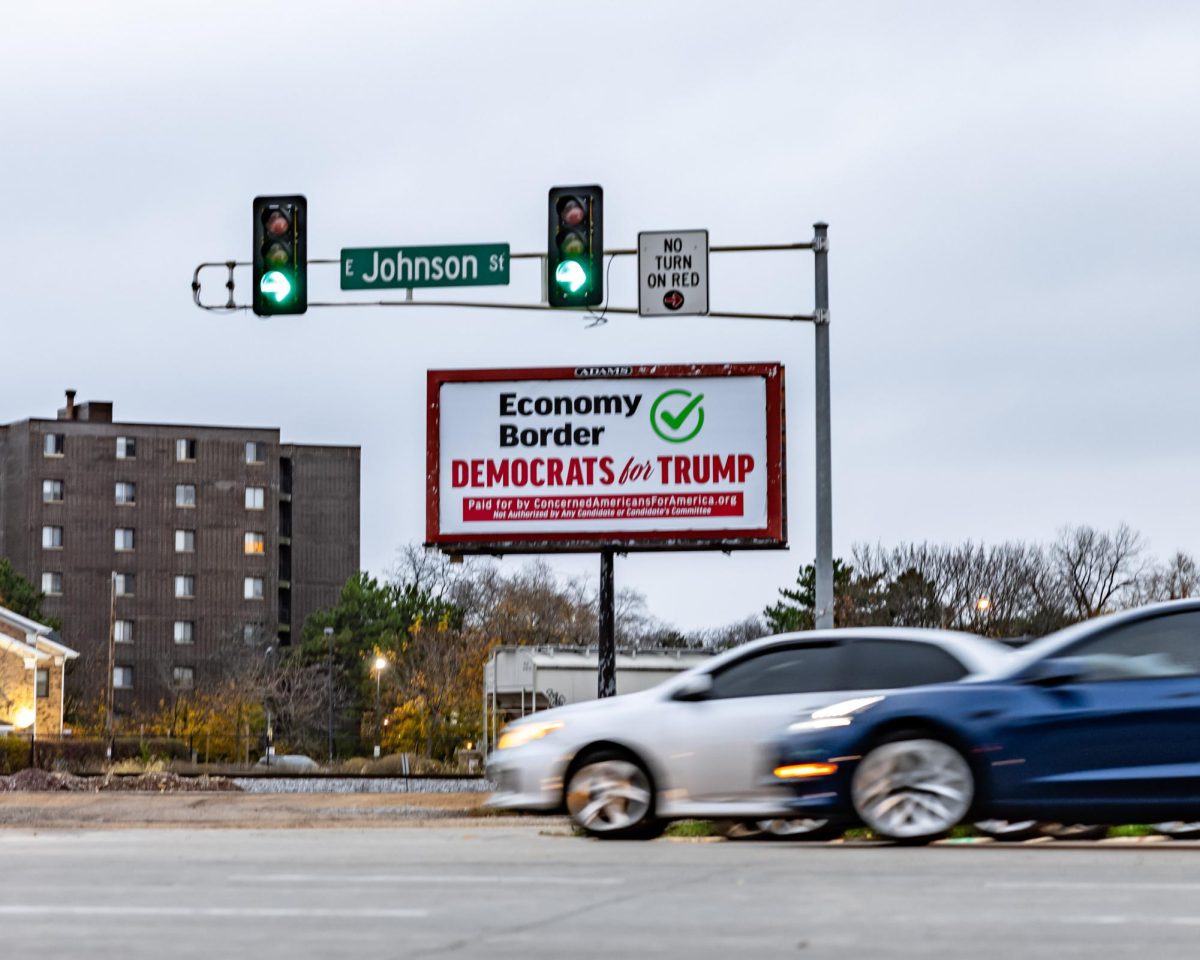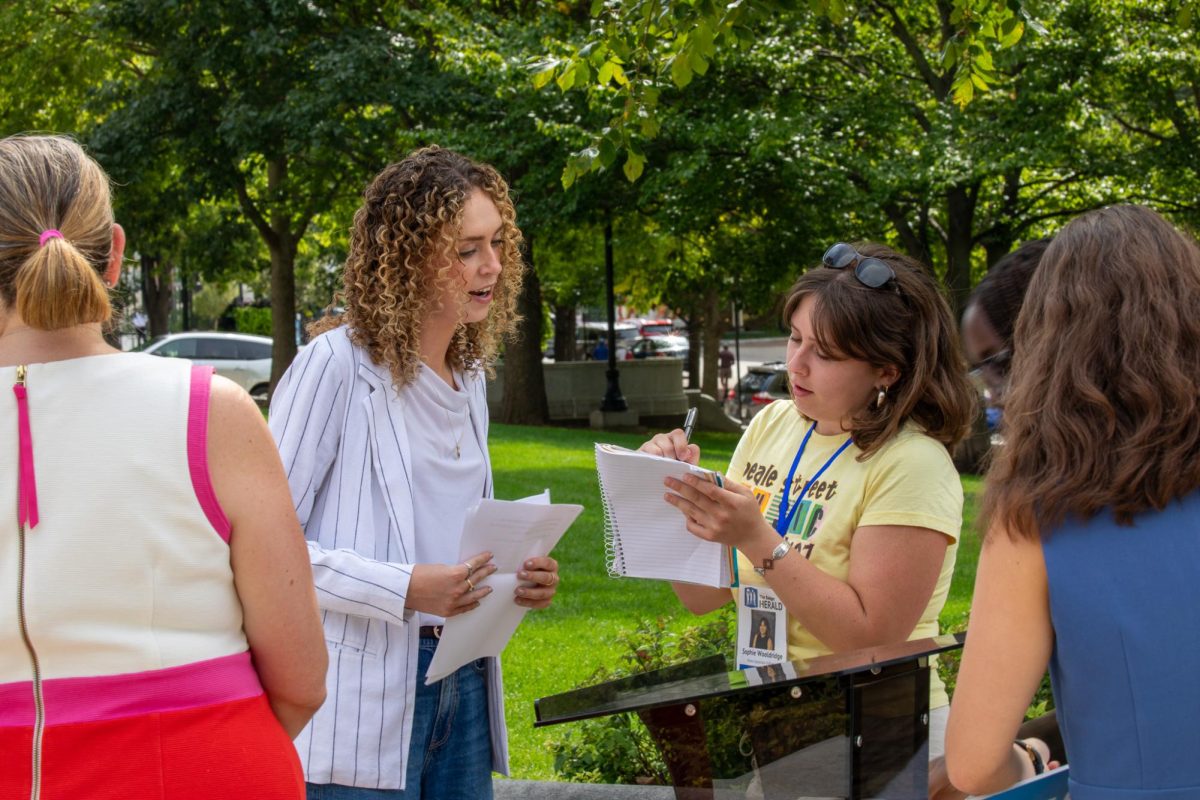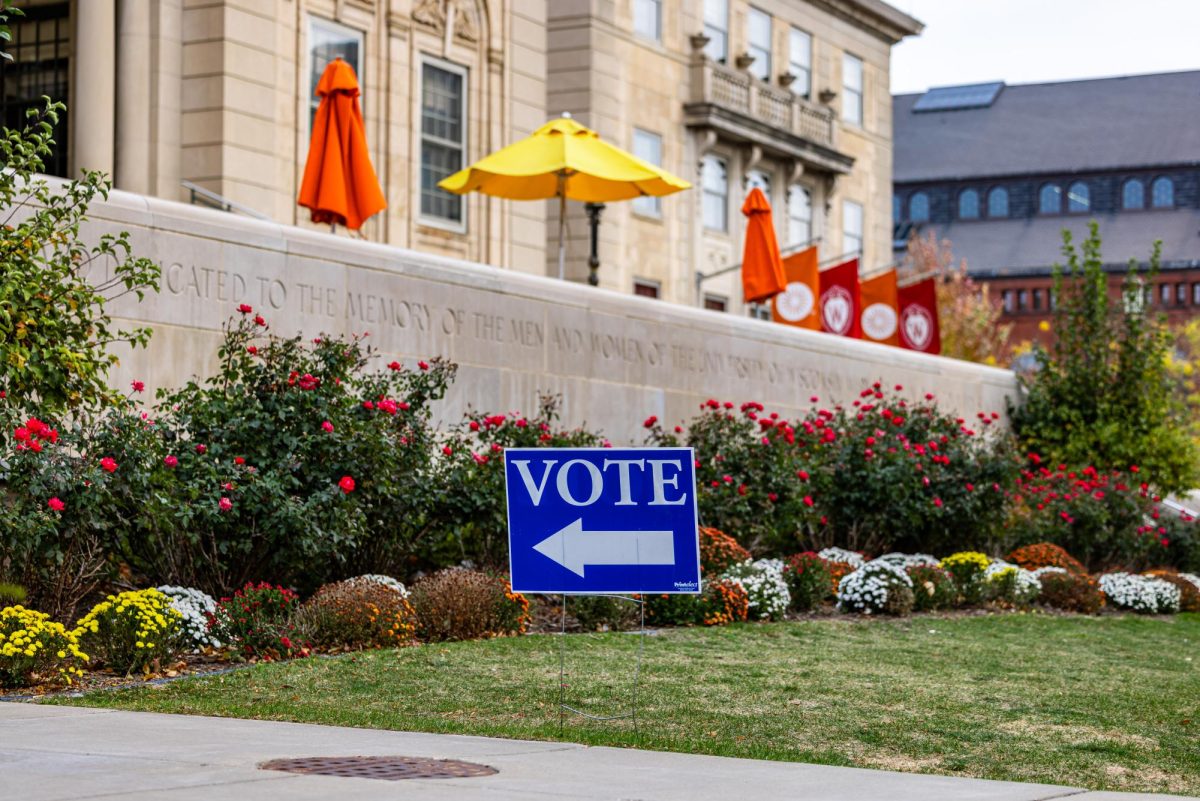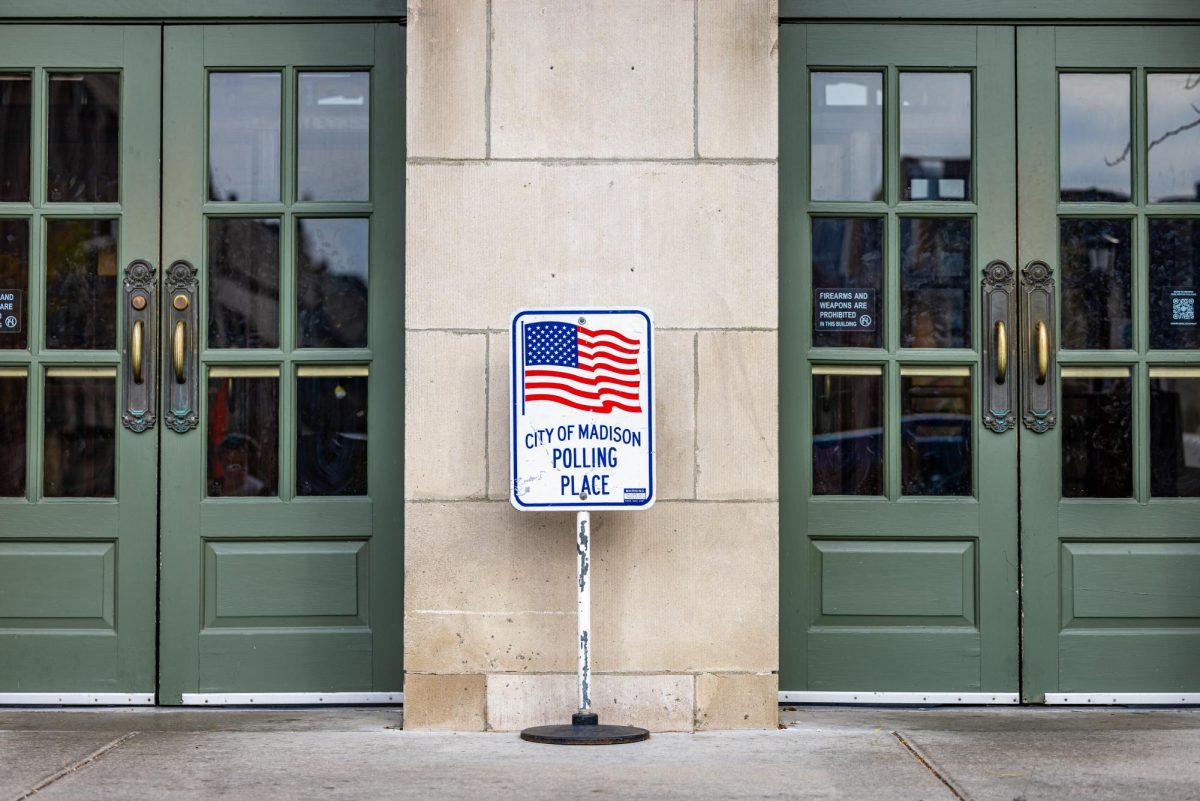For the first time since the COVID-19 Pandemic, the Madison Metro City Services has provided over 1 million rides in a single month, according to a press release from the City of Madison. In October, the Metro provided 1,075,549 rides — a 20% increase from last October.
With the increase in ridership has also come issues with buses being overcrowded and running behind schedule. According to the release, Madison Metro is looking to solve these issues by hiring more drivers and running larger buses with 50% more capacity for the Bus Rapid Transit system. According to McCahill, these buses would primarily run in high-density areas starting as early as summer of 2024.
The release credited multiple factors for the increase but specifically highlighted the impact of the Madison Metro redesign earlier this year.
Managing Director of the State Smart Transportation Initiative Chris McCahill said even though the network redesign isn’t the only factor, it is a significant contributor to the observed increase in ridership.
Madison City Council calls for ceasefire in Gaza in unanimous vote
“We did see at least a 10% jump in ridership the last few months during August, September, October from the year before, so that’s a really good sign,” McCahill said. “One of the goals of the network redesign was to create a system that would increase ridership, and it’s designed to serve the most people as well as possible so this is a sign that it seems to be working.”
Previously, the Madison Metro revolved around key transfer points which required passengers to switch bus lines. In June Madison Metro underwent a redesign to create more direct routes and less transfer points for passengers. This redesign has resulted in a decrease in the number of transfers and an increase in the amount of passengers, according to the press release.
McCahill said that in addition to help reach city sustainability goals, the bus transit system is important for city growth.
“They [buses] are not important for just meeting sustainability goals, but also for just being able to grow without creating a bunch of additional traffic,” said McCahill.














